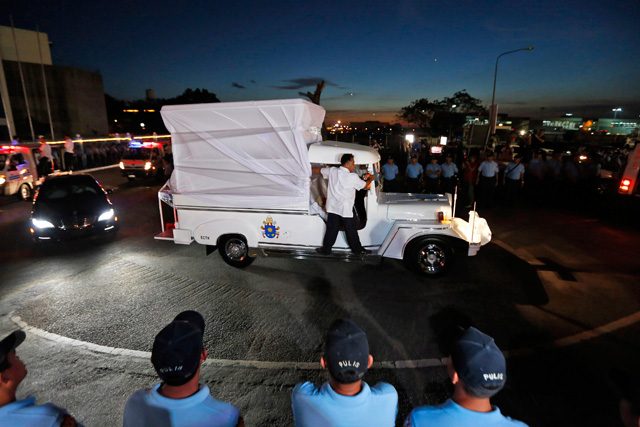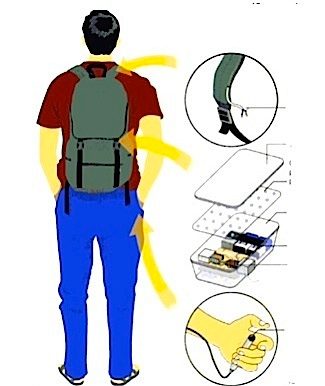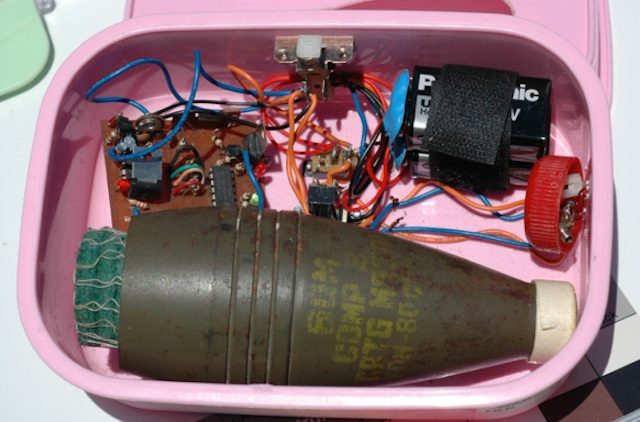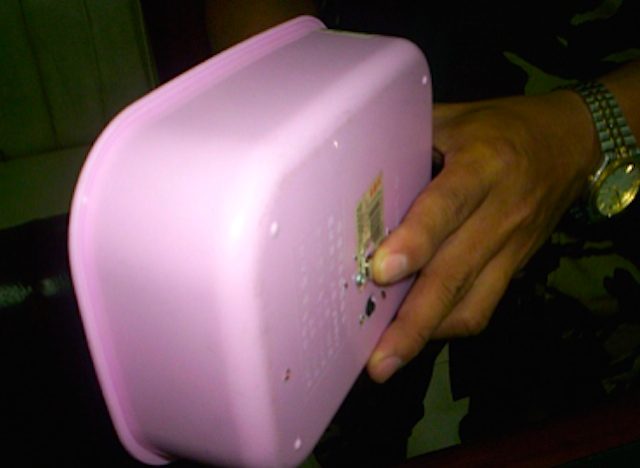SUMMARY
This is AI generated summarization, which may have errors. For context, always refer to the full article.


The plot was thwarted when an accidental fire broke out at the suspects’ safehouse – Room 603 of the Josefa Apartment along Quirino Avenue in Malate, about 80 meters away from the Apostolic Nunciature, John Paul II’s official residence in Manila on Taft Avenue.
The series of operations launched by the police led to the arrest of two other terrorists identified as Abdul Hakim Murad and Wali Khan Amin Shah.
The fire alarm also led to the discovery of “Oplan Bojinka” or “Fireworks in the Sky” – which later turned out to be the framework or “mother plot” of the September 11, 2001 attacks in the US.
Threat groups, methodology
To strengthen information gathering and monitoring of possible plots against the Pope, the intelligence community identified at least 7 groups. They are the following:
- Fanatics
- Cult groups against the Pope or the Catholic Church
- Abu Sayyaf Group (since the group has reportedly enriched themselves with the alleged P250-million ransom they got from their German captives)
- Bangsamoro Islamic Freedom Fighters (BIFF)
- Local groups with links to foreign terror groups
- The so-called lone wolves
- New People’s Army (NPA) and its machinery
Authorities are also on the lookout for people who are mentally deranged or under the influence of drugs.
They also cite as potential threats other groups or individuals who would want to embarrass the Philippine government before the international community.
After classifying the possible threat groups, the intelligence operatives identified the methodology that could be used by would-be plotters.
Bombs
High on the authorities’ list is the use of bombs, explosives, and improvised explosive devices (IEDs).

The IEDs could either be planted, dropped, launched, projected, or through the use of a “human bomb” also known as a “suicide bomber.”
The government’s bomb experts retraced their steps to their investigations of past bombing incidents in various parts of the country, specifically in Mindanao where most of the car bombing incidents have occurred.
They also tracked remote control devices such as drones, mini-airplanes, cars and others that can be used to transport IEDs, poison gas, and other similar deadly devices.

Authorities are not discounting the possibility of assassination using high-powered firearms given the presence of high-rise buildings in the major routes of the Pope’s motorcade. Proper coordination with the buildings’ security personnel has been implemented for the so-called “force multiplier” for the police force.
Manholes, too
Aqueducts, manholes, and other big drainage systems along major routes of the Pope’s parade have been sealed, marked or guarded to prevent the planting of IEDs.
Parking spaces for vehicles of devotees who will attend the Pope’s events in Manila and Pasay City have been secured. They are located far from where the crowd will be.
The integrity of the motorcade of all the VIP personnel will be ensured to prevent past incidents of motorists breaching the convoy.
A day before the Pope’s visit, all the security preparations are now in place, to include SWAT teams, snipers, and roaming intel-operatives who are on the lookout for suspicious-looking individuals. – Rappler.com
Add a comment
How does this make you feel?





There are no comments yet. Add your comment to start the conversation.